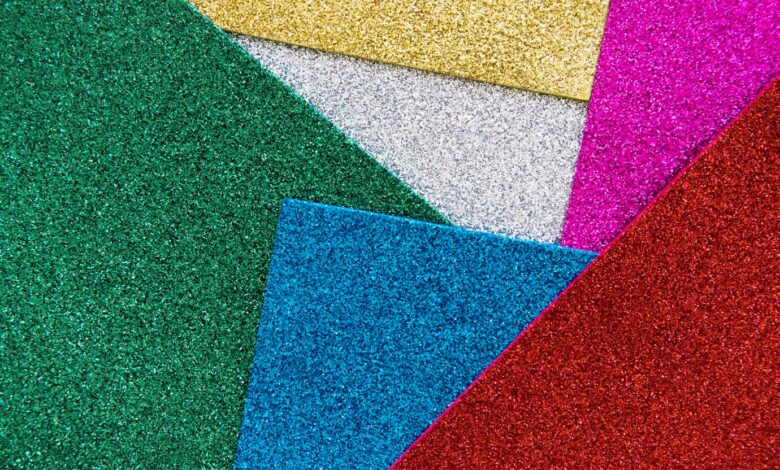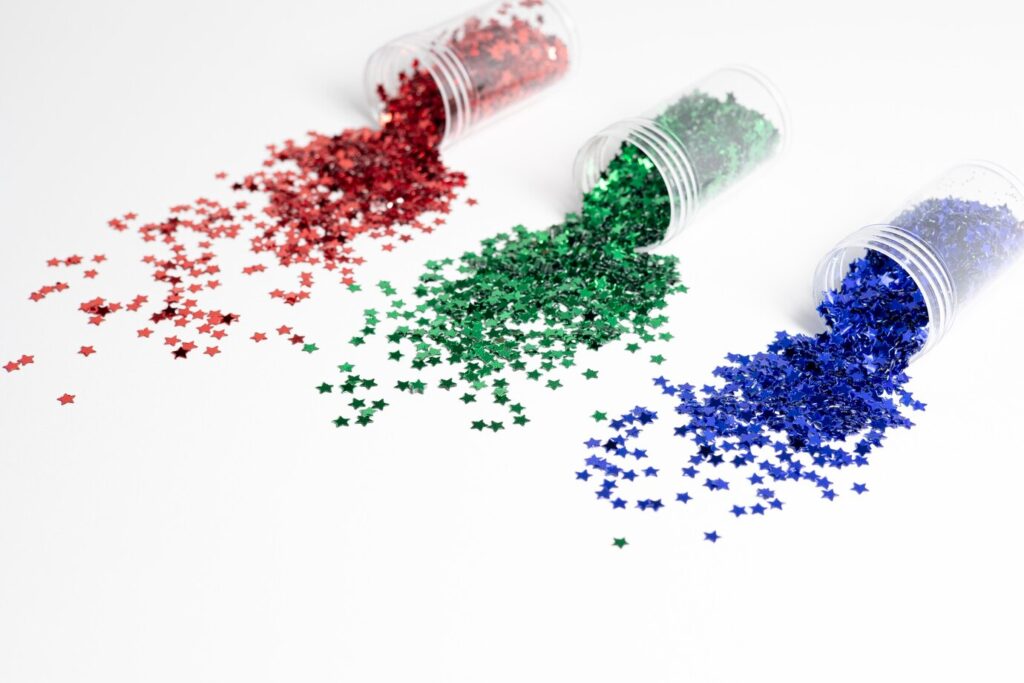Shimmer with an Array of Colors

Introduction
Are you ready to add a splash of color to your life? Whether you’re looking to brighten up your wardrobe, transform your living space, or simply learn how colors can affect your mood and well-being, this guide is for you. Colors are more than just visual stimuli; they carry deep psychological meanings and can influence our emotions and behaviors in profound ways. In this blog post, we’ll explore the fascinating world of colors, offering you practical tips and valuable insights on how to incorporate them into various aspects of your life. Get ready to shimmer with an array of colors and discover the vibrant possibilities that await.
The Psychology of Color
How it Impacts Our Lives
Colors have a powerful impact on our emotions and perceptions. For instance, red is often associated with passion and energy, while blue can evoke feelings of calm and tranquility. Understanding the psychology of color can help you make more informed choices in your daily life.
Studies have shown that certain colors can influence our mood and behavior. For example, green is known for its soothing effects and is often used in environments where relaxation is essential. On the other hand, yellow can stimulate mental activity and is commonly found in creative spaces.
By incorporating colors that align with your desired emotional state, you can enhance your overall well-being. Whether you’re aiming to boost your productivity or create a serene atmosphere, the right color choices can make all the difference.
A Rainbow in Your Wardrobe

Tips for Incorporating Colors Into Your Fashion
Adding color to your wardrobe doesn’t have to be daunting. Start by identifying which colors complement your skin tone. Warm tones like reds, oranges, and yellows typically suit those with a warm complexion, while cool tones like blues, greens, and purples are flattering for cooler skin tones.
Experiment with different color combinations. Pairing a bold, bright color with a neutral can make a statement without overwhelming your look. For example, a vibrant red blazer can add a pop of color to an otherwise monochromatic outfit.
Accessorizing is another simple way to introduce color. Think of scarves, jewelry, or even shoes in bold hues. These small touches can elevate your style and make your outfit stand out.
Colors in Interior Design

Transforming Spaces With Vibrant Hues
Your home is a reflection of your personality, and colors play a crucial role in creating the right ambiance. When choosing colors for your interior, consider the function of each room. For example, calming colors like blues and greens are ideal for bedrooms, while lively colors like yellows and oranges can energize living rooms or kitchens.
Accent walls are an excellent way to incorporate bold colors without overwhelming the space. A single wall painted in a striking hue can serve as a focal point and add depth to the room.
Don’t forget about the power of accessories. Cushions, rugs, and curtains in vibrant colors can instantly uplift a room. Mixing and matching different textures and patterns can also add an extra layer of visual interest.
The Science of Color in Marketing
How Brands Use It to Influence Consumers
Brands have long understood the power of color in marketing. The right color can evoke specific emotions and drive consumer behavior. For instance, red is often used to create a sense of urgency, making it a popular choice for clearance sales. Blue, on the other hand, is associated with trust and dependability, which is why many financial institutions use it in their branding.
Color can also affect how we perceive the value of a product. Luxury brands often use black and gold to convey sophistication and high quality. Understanding these principles can help you make more informed decisions as a consumer and even apply them to your marketing strategies if you run a business.
Next time you’re shopping, take a moment to notice the colors used in packaging and advertisements. You’ll likely find that your preferences are subtly influenced by these carefully chosen hues.
Color Therapy
Healing and Wellness Through a Spectrum of Shades
Color therapy, or chromotherapy, is a holistic practice that uses colors to promote physical and emotional well-being. Each color is believed to have specific healing properties. For example, red is thought to increase energy levels, while blue can help reduce stress and anxiety.
Incorporating color therapy into your daily routine can be as simple as wearing clothing in healing colors or surrounding yourself with colored objects. You might also consider light therapy, which uses colored lights to balance energy levels.
While the scientific evidence supporting color therapy is still growing, many people find it a helpful addition to traditional wellness practices. Experimenting with different colors can give you insights into which shades resonate most with your well-being.
Conclusion
Incorporating color into your life can have profound effects on your mood, well-being, and even how you interact with the world. From your wardrobe to your living space, and even in your professional endeavors, understanding the significance of colors can help you make more informed and impactful choices.
Start small by experimenting with different shades and see how they make you feel. Whether you’re looking to boost your energy, create a calming environment, or make a bold fashion statement, there’s a color out there that’s perfect for you.
Ready to take the next step? Join our community of color enthusiasts and discover more ways to bring vibrant hues into your life. Sign up for our newsletter for exclusive tips, trends, and inspiration.
Shimmer with an array of colors and transform your life today!